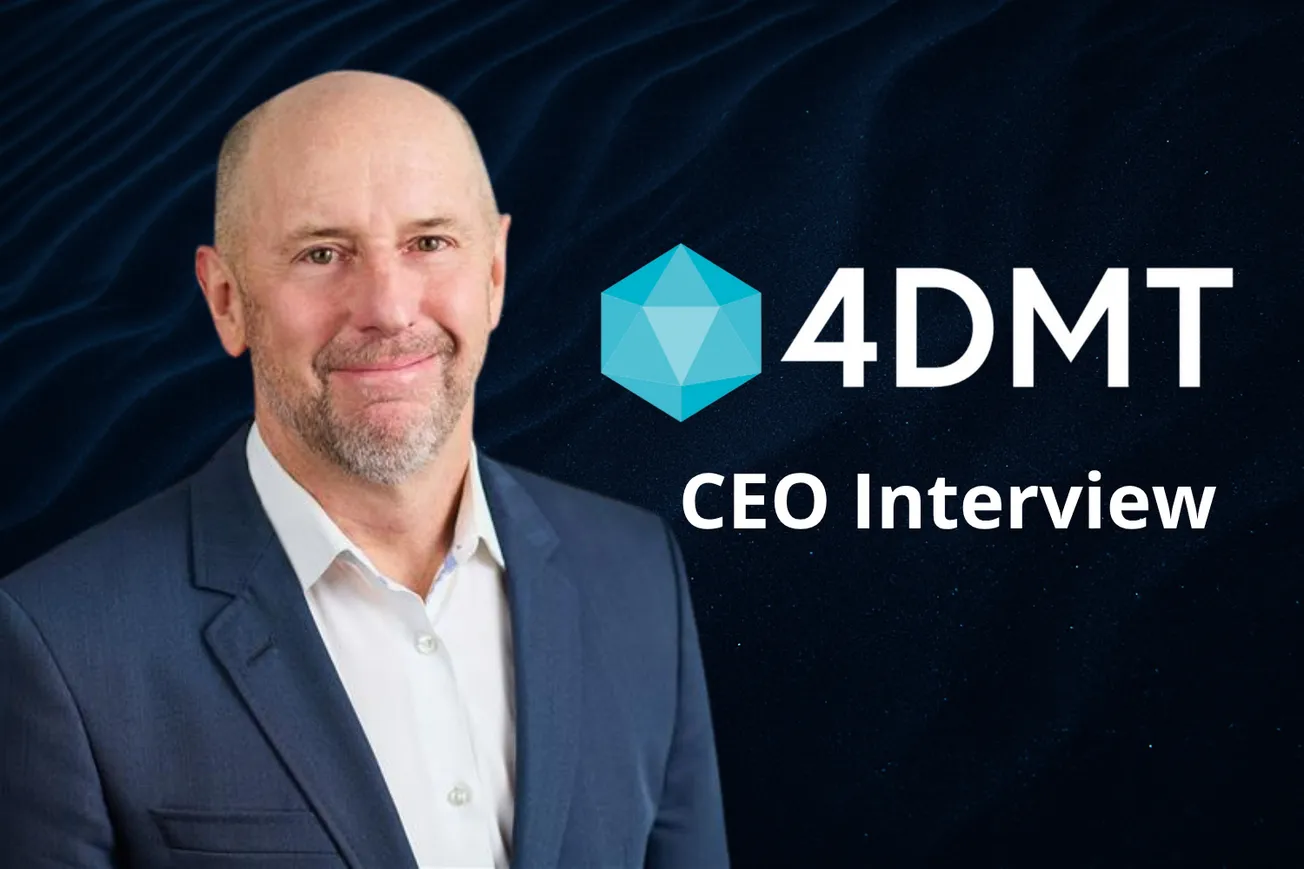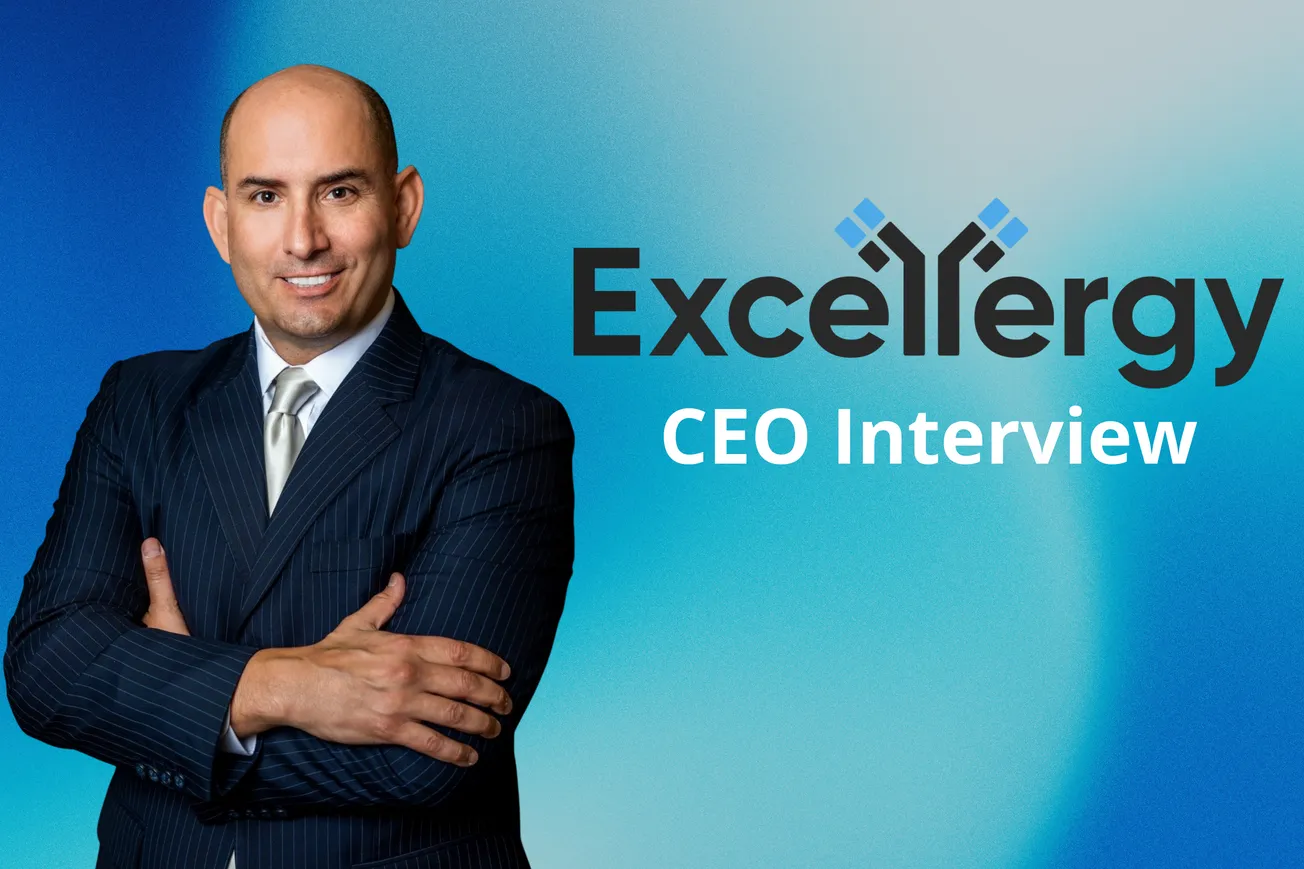Table of Contents
Jay McEntire, CEO of Arva Intelligence, sat down with Onyx for a feature-length interview.
Could you start by giving us a bit of a background into your career journey and what led you to be at the helm of Arva Intelligence?
Primarily, my background is a mix of financial markets - both as a banker and an investment banker, focused on financial services banking. Previously, I ran two companies. The first, back in 1999, was a trading technology company that provided direct market access, just as the markets were going digital. We were acquired by a subsidiary of Reuters called Instinet. From 2000 to 2004, as Wall Street went digital, commissions declined by 80%!
The second company that I ran was a risk management company for large hedge funds and fund-of-funds - that called for complex investment strategies, which required us to aggregate data and write risk rules. That’s analogous to where we are today, as it was all about data, information and actionable intelligence, as we’re now moving forward into this AI world, with all of its potential.
Both my grandfather, and father, grew up in a small town in Arkansas called Stuttgart. We were not farmers – my grandfather was in the wholesale grocery business - but, 35 years ago, we started buying farmland. You could get a cash-on-cash yield, and you could go duck hunting and fishing. That was the sum total of how you made an investment decision in farmland, at least for us.
It turned out to be a good investment. In 2016, I went to a conference called Future in Review and heard, my now co-founder, Dr. Ben Brown speak about phosphate-mobilizing microbes that were being researched as part of an open-source project, at Lawrence Berkeley National Lab, a U.S. Department of Energy (D.O.E.) lab. There, Ben led the Molecular Ecosystem Lab and machine learning initiative. I heard him speak, and we went to lunch, and I said, "Ben, quit screwing around in the lab and create a project in Arkansas on a thousand acres!"
So, back in 2016, we started a collaboration on my farm. We began aggregating data and asked ourselves: “What can we do? This is a natural, complex system.” When I looked at the farm, I had 65 fields. I started thinking about it like a portfolio - every field has a different slope and soil type. This is the Mississippi Delta: it’s got very alluvial soil, with bayous and rivers all around. In the soil, you can literally see how the river deposited different layers over time. “How do we start to optimize this, when considering our particular soil conditions? We’ll let the earth be the guide.”
That became the aspiration - to see whether we could start to use biological amendments in lieu of synthetic fertilizer. Another co-founder lives 15 miles away; his family has been farming, regeneratively, for 60 years. His farm had rich, dark soil. Mine’s nothing but powder. Quantitatively, the organic matter was a mere 1.5%. When you go to Home Depot or your local vegetable market, the potting soil is dark and rich, but ours wasn’t. The more depleted the soil is of organic matter - carbon - the more dependent that you are on chemicals and fertilizer to compensate and make up the difference. You’re losing nutrients and, therefore, losing biology. With a 1% increase in organic matter, you capture 20 days of drought tolerance. Now, that’s resilience!
That led to the company itself?
Exactly. I started to get curious: what can I learn about each field, and how do I engineer for their health and, ultimately, their success? That led to developing machine learning models with Dan Jacobson - who’s also, now, a co-founder - at Oak Ridge National Lab. In late 2018, we decided to start the company. We got initial D.O.E. funding through a science-based research grant, then successive grants. We ended up running a D.O.E. project managing eddy covariance towers, which are highly kitted-out weather stations measuring carbon emissions from the land.
The goal was to use machine learning and data to optimize agronomy. Our mission: if we don’t make farmers more money and allow them to become more sustainable, then we won’t do it. That meant aligning our interest with theirs, and with the land.
In 2022, we had our first project in rice cultivation for a Nestlé Purina sustainability program on 10,000 acres. In 2023, we grew to 800,000 acres. In 2024, 1.6 million. In just 2023 and 2024, we paid over $60 million to farmers for regenerative practices!
Your business is really the bridge between farmers and the big food companies sourcing their ingredients?
That’s right. Farming, in particular, has the potential to reduce carbon emissions materially both from optimizing the way we apply fertilizer, as well as leveraging technology and data to help optimize the right amount of fertilizer that the plant needs. In our D.O.E. research, we proved that one can grow a net-negative corn crop with optimized fertilizer and reduced tillage - turning the land into a carbon sink and pulling carbon straight from the atmosphere.
But the policy backdrop is tricky. In many cases, U.S. government policy is designed for cheap calories with non-nutrient dense food that relies on commodity ag. The system rewards farmers for producing cheap food - and we’re really good at it - but today, hardly any crop is profitable for the average farmer. Subsidies fill the gap, but the question is as to whether that’s truly resilient?
You don’t have to argue with farmers about climate change - every farmer will tell you the weather’s becoming more erratic. If they build up the soil with organic carbon, it will better survive droughts or floods, but it costs money. You have to put a value on regenerative techniques. We’ve found a way to do that by helping corporations with science-based targets to reduce their Scope 3 emissions.
In a wheat project with Kellanova and Ahold Delhaize, we found average U.S. wheat farmers aren’t profitable without subsidies and are emitting carbon. We worked with farmers using no-till and chicken litter, plus minimal synthetic fertilizer, and quantified lower emissions and carbon sequestration. That’s net-negative wheat that’s completely sustainable!
What’s Arva Intelligence’s revenue model?
We get paid for outcomes. We design the program, implement it, and pay farmers for performance. We’re now in 8 countries and by the end of the year 12 countries, working with farmers on crops of wheat, corn, sorghum, sugarcane, palm oil. We like the cooperative model: they help collect data; know the farmers; and strengthen the relationship with downstream buyers.
We’re building a portfolio of environmental data-driven assets - this crop, grown in this place, results in this particular carbon reduction. Alongside a global technology and energy service company, we’re looking at combining our soil stratification with their subsurface modeling to design genetics that store more carbon and manage aquifers.
The carbon offset market is going to be much bigger in 2027. Companies with 2030 Science-Based Target Initiative goals already need to be implementing them by 2026. AI data centers are another big driver - my back-of-the-envelope calculations say U.S. hyperscale data centers will triple to 3,000 by 2029, adding half a gigaton of emissions, or a 10% jump in U.S. emissions! There’s no way to offset that purely with renewables in time. We’ll have to mitigate emissions and water use through nature, and AI can help optimize every field.
Who’s actually paying?
The money flow comes from C.P.G.’s (consumer packaged goods) buying grain. They pay for regenerative practices and the carbon benefits. We price it per ton of carbon, backed by all the data and traceability. For hard-to-abate industries, like data centers, we can generate carbon offsets from the same farms.
Farmers don’t pay for our software. It’s free; it makes their life easier; improves their land; and boosts their yields. The practices - such as reduced tillage, targeted fertilizer, integrated grazing and optimized irrigation - also save water. In rice alone, last year, we saved 12 billion gallons.
That’s the benefit: connecting nature, data, and economics so that farmers, corporations, and the planet all come out ahead!
Where’s the growth focus - U.S. or international?
Historically, it’s been U.S.-dominated. However, last year, we expanded to South America. This year, we’re positioned for Asia and Africa. By year-end, 40 - 50% of our business will be international.
It’s a global opportunity. When you connect the supply chain with data - tracking the grain that’s leaving the farm, you can trace it into biofuel, consumer goods, or animal feed. You can even trace the individual animal. That’s real impact!
Who are the strategic partners you want to work with?
We are committed to change and solid strategic partnerships can really vary. I’d call out that global technology and energy-oriented ones are quite interesting, too. In the long term, input providers - to design the right ‘recipe’ for each particular field. Our core technology, Arva Ground Types, takes 512 covariates, runs them through machine-learning, and clusters soils and climates. We look at carbon, the slope, hydrology, soil texture, nutrients - not just how much fertilizer to use, but to ascertain how to improve the land in the long-term.
Our theory of change is proven - reward farmers who are doing good work and others will follow. In 2023, some rolled their eyes. Now, their co-ops say that they’d like all their members to participate. We’re past the pilot stage.
We’ve done interesting projects, like Pepsi taking whole-grain rice for use in their snacks; Nestlé using broken kernels for pet food; or regenerative wheat going into crackers and deli products. Co-ops let us create a digital twin, which follows the physical commodity.
Any advice for a new ag-tech executive?
Make the farmer the hero! I hesitate on advertising, because I don’t want to make the story about us. In Arkansas, last year, we lost 62 farmers to auctions - most since 1980. Ninety-nine percent of the world depends on 1% of the population to grow food. They need to be valued.
Farmers are genuine, smart, and hardworking people. You can’t advertise your way to success; you have to prove it on the ground. Be adaptive - what works in northern Iowa doesn’t work in southern Iowa. Cultural context matters enormously.
Every farmer wants to be sustainable. Changing the mindset from "more fertilizer equals more grain" to "resilient soils equals profitability" takes proof. Remember, input suppliers’ interest is to sell more. If you can help a farmer to make more money with less risk and less input, that’s incredibly powerful.





